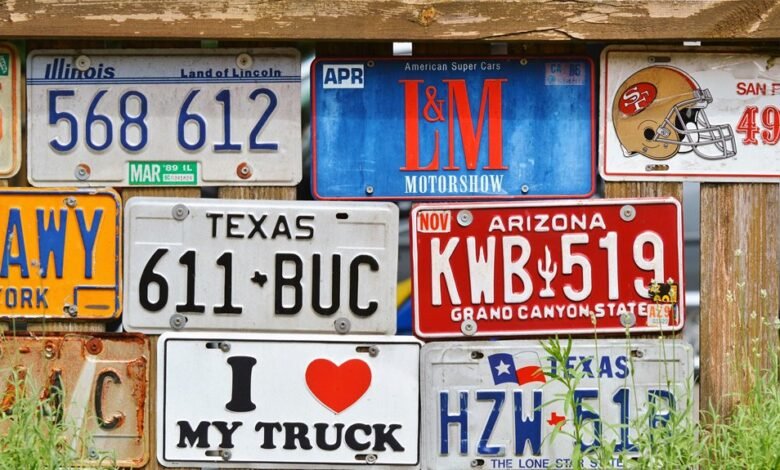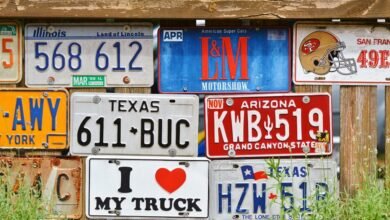Vehicle Number: Understanding Number Plates on Vehicles

Vehicle number plates serve as critical identifiers for vehicles, playing a significant role in road regulation and accountability. Their evolution since the late 19th century highlights diverse governmental standards and personal expression. Each plate comprises alphanumeric combinations that provide essential information. Understanding these elements not only promotes responsible ownership but also aids law enforcement in maintaining road safety. What deeper insights about these identifiers could influence vehicle regulation and personal responsibility?
The History of Vehicle Number Plates
Although the concept of vehicle number plates may seem modern, their origins can be traced back to the late 19th century, coinciding with the rise of the automobile.
The historical evolution of number plates reveals a fascinating journey, marked by international variations that reflect diverse regulations and cultural nuances.
These identifiers have become essential for vehicle registration, ensuring accountability and promoting freedom on the open road.
Types of Number Plates and Their Significance
Vehicle number plates serve as crucial identifiers, categorizing vehicles into various types that reflect their purpose, usage, and regulatory requirements.
Standard plates comply with government regulations, while custom plates allow for personal expression and creativity.
Each type of plate conveys specific information about the vehicle, influencing everything from taxation to insurance, underscoring their significance in promoting both individuality and adherence to legal standards.
Decoding the Alphanumeric Combinations on Plates
While the alphanumeric combinations on vehicle number plates may appear random at first glance, they are carefully structured to convey essential information about the vehicle and its registration.
These alphanumeric patterns often include regional codes, indicating the area of registration, alongside unique identifiers for the vehicle.
Understanding these codes empowers individuals, fostering a sense of freedom in navigating the complexities of vehicle identification.
Conclusion
In conclusion, vehicle number plates serve as the silent sentinels of the road, embodying a blend of history, regulation, and personal identity. Each alphanumeric combination is not merely a code but a story waiting to be told, linking vehicles to their owners and communities. As these plates evolve, they continue to symbolize the balance between individual expression and societal order, reminding us that every journey is marked by responsibility and accountability, driving us toward a safer future.







